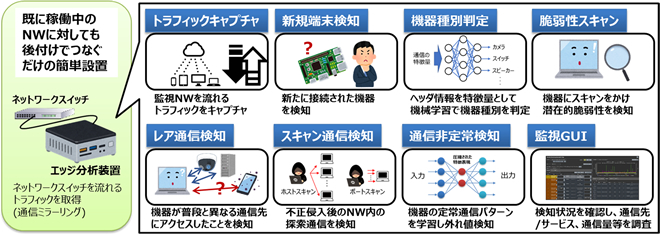2023-07-11 イリノイ大学アーバナ・シャンペーン校
◆イリノイ大学アーバナ・シャンペーン校の新しい研究では、イリノイ州での食品廃棄物から再生可能エネルギー生産を実現することができるかどうかを調査しています。
<関連情報>
- https://aces.illinois.edu/news/u-i-study-finds-turning-food-waste-bioenergy-can-become-profitable-industry
- https://www.sciencedirect.com/science/article/pii/S0959652623014099?via%3Dihub#ack0010
再生可能資源生産とGHG削減に向けた持続可能な食品廃棄物管理のための統合的アプローチ An integrated approach for sustainable food waste management towards renewable resource production and GHG reduction
Tinn-Shuan Uen, Luis F. Rodríguez Available online: 26 April 2023
DOI:https://doi.org/10.1016/j.jclepro.2023.137251

Highlights
•An 8.3% ROI can be gained from a food waste reuse system with anaerobic digestion.
•Optimized food waste management can reduce CO2 equivalent by 1012 thousand Mg/y.
•Tipping price is pivotal to profitability and network designs of food waste reuse.
•Anaerobic co-digestion at wastewater treatment plants is a profitable strategy.
•Increasing digestate marketability would boost food waste reuse profitability.
Abstract
There has been an increasing interest in diverting food waste from landfills to enhance renewable resource production due to high greenhouse gas emissions. Sustainable processing of food waste to generate renewable energy represents a significant, though underutilized, opportunity for producing energy. This study proposes an integrated model to simultaneously boost food waste valorization and reduce GHG emissions using geospatial analyses, a clustering algorithm, and a mixed-integer linear optimization program. We maximized net present value by optimizing network and configuration designs in the Illinois food waste system, using stand-alone anaerobic digestion and co-digestion at wastewater treatment plants. We identified the influences of techno-economic factors like prices and logistics parameters on the model objective, electricity production, digestate sales, and system configuration. Results show that installing anaerobic co-digesters at wastewater treatment plants with a total annual capacity of 9.3 million metric tons (Mg) could generate an 8.3% return on investment while reducing CO2 equivalent by approximately one million Mg annually. Tipping price, capital investment, operational cost, and food waste availability were the most significant factors to the net present value of the system. Anaerobic co-digesters were more economically competitive than stand-alone digesters which were only recommended when the tipping price of sludge was lower than food waste. Expanding digestate marketability is crucial to food waste valorization profitability using both stand-alone anaerobic and co-digestion. The minimum tipping prices to operate the anaerobic digestion system were 40 USD/Mg for food waste and 20 USD/Mg for sludge. Depending on the system size and tipping prices, anaerobic digestion and co-digestion could reduce CO2 equivalent between 29 kMg/y and one MMg/y. Expanding the current framework with advanced regional food waste prediction and other bioprocessing techniques will be essential for improving the profitability of food waste valorization and the circular bioeconomy in agriculture.



